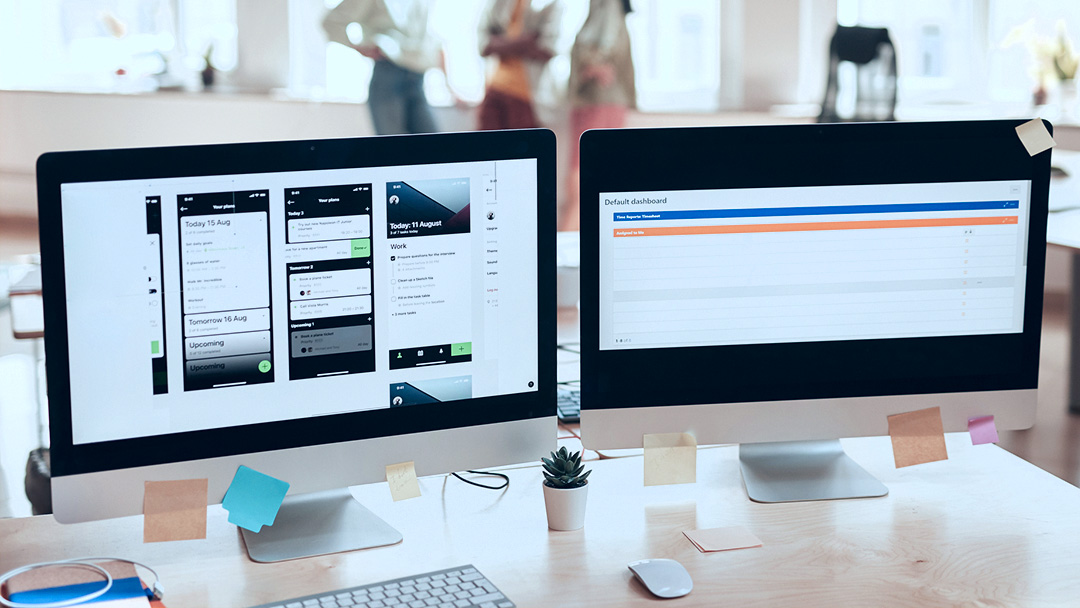
Many organizations are discovering the strategic benefits of adopting a headless CMS. They can more easily manage and reuse high-quality content that grabs the attention of potential customers. Instead of being locked within their website, their content reaches audiences in multiple channels, like entertainment consoles, voice-enabled apps, chatbots, and social media. In short, they can bring content to the people they want to reach, instead of waiting and hoping people will visit their redesigned website.
A Headless CMS Stands on Its Own
However, is this all an organization needs to achieve these strategic benefits? Does an organization need to choose a headless CMS instead of a traditional one the next time they rebuild their website? Not so. To achieve the strategic benefits of a headless CMS, it needs to be treated as a first-class citizen, an enterprise service, with its mission to serve multiple marketing channels. If it is treated as merely an authoring and storage platform for the website, its content model—that is, the types and attributes used for structuring the content—will probably be designed around the site’s current design system and meaningless anywhere else. It will be changed to suit the website’s needs with little regard to other marketing channels you plan to leverage.
A Strategic Asset Requires a Product Owner
If you adopt a headless CMS to manage your most valuable marketing asset (i.e., your content), it needs to be managed with care. Typically, the technology is the easy part, but capitalizing on the technology requires the organization to maintain this solution, protect it from diverging from its primary mission, and educate the rest of the organization about its purpose and value. For example, it would be unheard of to have a website without a product owner responsible for it or a CRM solution without a custodian to prevent it from becoming a mess. If the strategy behind adopting a headless CMS is valuable, someone needs to be responsible for its development and care. Your headless CMS needs a product owner.
The Headless CMS Product Owner
So, what does the product owner of a headless CMS do? In general, they manage the headless CMS like any other service within an organization. It is not merely a database of the website. Instead, it is a first-rate service to provide content for multiple marketing channels. Think about how an effective startup manages its software product. Do they try to add any and every feature requested by customers? No. If they did, the product would soon become incoherent and useless to everyone. Instead, they ensure their product stays aligned with a mission that provides the most value for the most customers. They assess potential features, identify their value, and ensure they fit into the product cohesively before building them. Similarly, the product owner of a headless CMS ensures the system remains valuable as an enterprise-wide asset.
For a headless CMS, the product owner manages content models and content management processes. They want to ensure content models accurately reflect the important, reusable content within the organization. This includes defining the types of content (i.e., articles, products, promotions, events) and the content’s attributes and taxonomies. The content models should enable any marketing channel to understand and deliver the content. To manage the content, product owners define processes to maximize quality content, make it easy to discover the best content and provide a way to measure how well the content resonates with potential customers.
Closing
A headless CMS may be the key technology that transforms your marketing capabilities to reach potential customers wherever they are. However, I hope you recognize that achieving this potential requires more than picking a platform. The most important factor is giving an owner responsibility for managing it as a first-class citizen in your organization.
Have questions about content modeling or managing a headless CMS? Drop me a line on Twitter (@HeyMikeWills) or view my other articles here.










